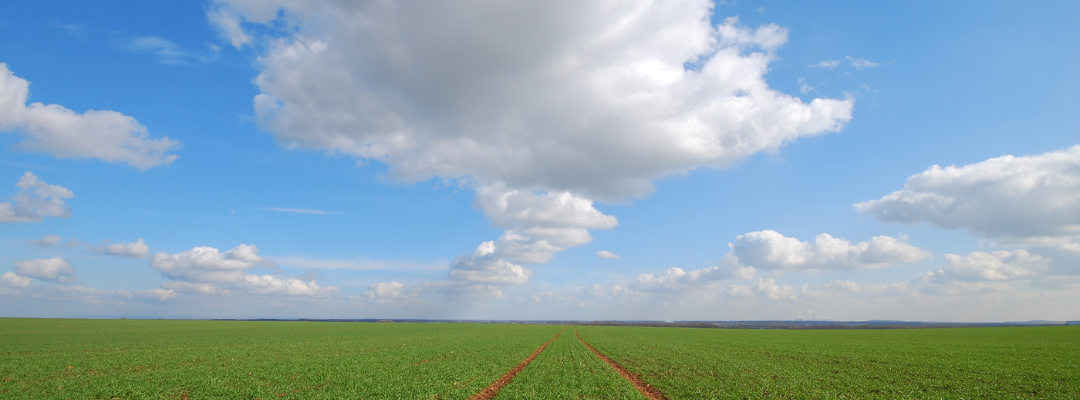In a previous Southern Ag Today article, I discussed the concept of unintended consequences which is a topic we talk a lot about in agricultural policy.[1] Generally speaking, unintended consequences result from a lack of knowledge and/or lack of analysis of the potential consequences of a policy change. The previous article focused on the unintended consequences associated with government policies that created the U.S. ethanol industry. This article looks at the Securities and Exchange Commission (SEC) proposed rule changes that would require climate-related disclosures of publicly traded firms.[2]
On March 21, 2022, the SEC proposed rule changes that would require certain climate-related disclosures in their registration statements and periodic reports, including information about climate-related risks that are reasonably likely to have a material impact on their business, results of operations, or financial condition, and certain climate-related financial statement metrics in a note to their audited financial statements.
According to the SEC, the proposed rule “would require a registrant to disclose information about its direct greenhouse gas (GHG) emissions (Scope 1) and indirect emissions from purchased electricity or other forms of energy (Scope 2). In addition, a registrant would be required to disclose GHG emissions from upstream and downstream activities in its value chain (Scope 3), if material or if the registrant has set a GHG emissions target or goal that includes Scope 3 emissions.” Required disclosures for each of the three scopes would be phased in over a period of time.
This proposal generally requires publicly traded companies to provide investors more information about GHG emissions coming from business activities. However, as reported by the American Farm Bureau Federation (AFBF), “While farmers and ranchers are not public companies and therefore not ‘registrants’ that are required to report directly to the SEC, their obligations through their regulated customers could be enormous….requirements for Scope 3 greenhouse gas emissions not only directly affects farmers’ and ranchers’ operations, but could create several substantial costs and liabilities, such as reporting obligations, technical challenges, significant financial and operational disruption and the risk of financially crippling legal liabilities.”[3]
While the proposed rule’s focus is to provide investors more information about the GHG emissions of publicly traded companies, depending upon 1) if the rule is adopted and 2) how it is implemented, it could have implications for U.S. farmers and ranchers because as AFBF points out, “for agriculture, food, and forestry manufacturing alone, there are nearly 2,400 companies registered with the SEC that would be subject to reporting Scope 3 emissions from its farm suppliers.”

[1] https://southernagtoday.org/2022/04/the-u-s-ethanol-industry-and-unintended-consequences/
[2] https://www.sec.gov/rules/proposed/2022/33-11042.pdf
[3] https://www.fb.org/market-intel/overreach-of-sec-proposed-climate-rule-could-hurt-agriculture
Outlaw, Joe. “The Securities and Exchange Commission Proposed Climate Related Disclosures and Unintended Consequences?“. Southern Ag Today 2(40.4). September 29, 2022. Permalink







